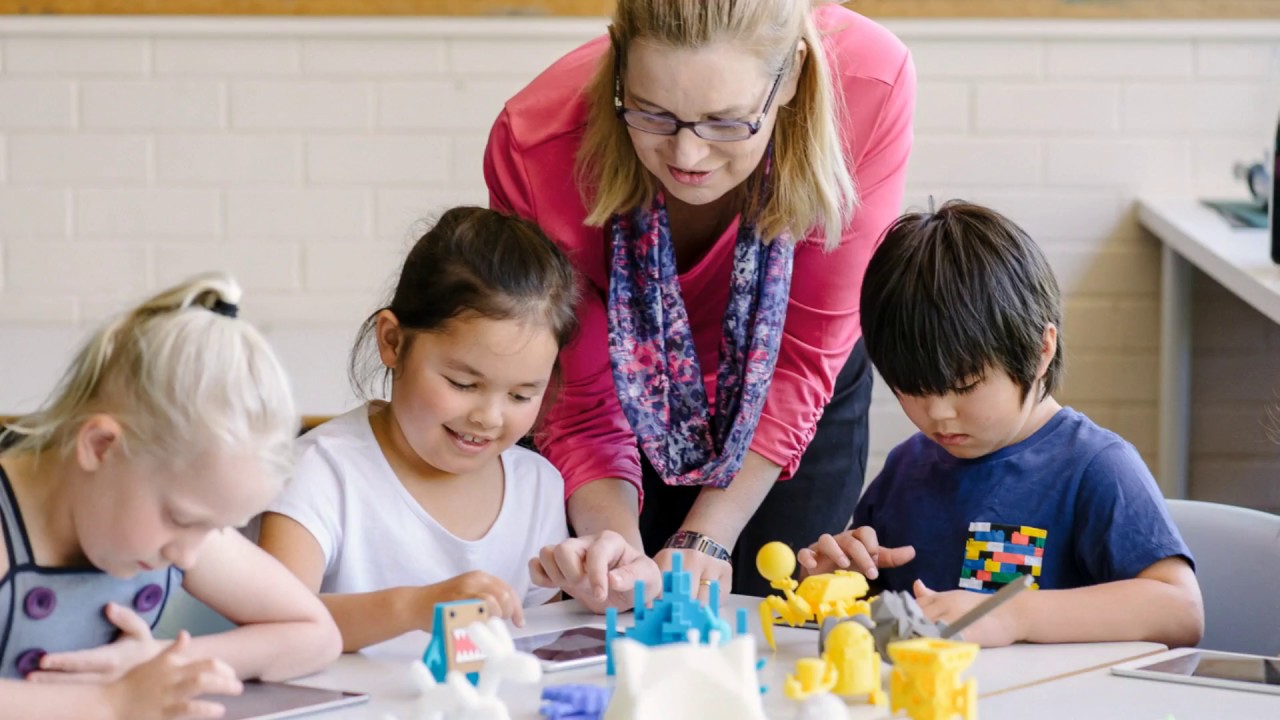3D Printing in Education: Applications and Benefits

Hey there, educators and learners. Are you ready to revolutionize the way you teach and learn? 3D Printing in Education: Applications and Benefits is a game-changer. In this article, we’ll explore the exciting world of 3D printing in education and how it can enhance your teaching and learning experiences.
What is 3D Printing?
Before we dive into the applications and benefits of 3D printing in education, let’s quickly cover the basics. 3D printing, also known as additive manufacturing, is a process of creating physical objects from digital designs by layering materials like plastics, metals, and ceramics. This technology has been around for a few decades, but it’s only recently become accessible and affordable for educational institutions.
Applications of 3D Printing in Education
So, how can 3D printing be used in education? The possibilities are endless, but here are some examples:
STEM Education
3D printing is a perfect fit for STEM education (science, technology, engineering, and math). Students can design and print their own models, prototypes, and projects, making complex concepts more tangible and interactive. For instance, students can create 3D models of molecules, mathematical shapes, or historical monuments, enhancing their understanding and engagement.
Art and Design
3D printing is also an excellent tool for art and design education. Students can express their creativity by designing and printing their own art pieces, jewelry, or models, exploring different textures, shapes, and materials. This technology can help students develop their problem-solving skills, critical thinking, and innovation.
Special Education
3D printing can be particularly useful in special education, helping students with disabilities or special needs. For example, students can create customized assistive devices, such as prosthetic limbs, wheelchairs, or communication tools, tailored to their specific needs. 3D printing can also be used to create tactile models for visually impaired students.
Benefits of 3D Printing in Education
Now that we’ve explored some applications of 3D printing in education, let’s discuss the benefits:
Enhanced Engagement
3D printing can make learning more engaging, interactive, and fun. By creating physical objects, students can develop a deeper understanding of complex concepts and retain information better.
Develops Critical Thinking and Problem-Solving Skills
3D printing requires critical thinking, problem-solving, and analytical skills. Students must design, test, and refine their creations, developing essential skills for the 21st century.
Promotes Collaboration and Communication
3D printing projects often require collaboration between students, teachers, and professionals. This promotes teamwork, communication, and project management skills, essential for success in any field.
Prepares Students for Future Careers
3D printing is a rapidly growing industry, and by integrating it into education, we can prepare students for future careers in fields like engineering, product design, and manufacturing.
Implementation and Integration
So, how can you get started with 3D printing in education? Here are some tips:
Start Small
Begin with simple 3D printing projects and gradually move to more complex ones. This will help you and your students gain confidence and develop skills.
Invest in Quality Equipment
Choose reliable 3D printers and software that meet your educational needs. Consider factors like cost, ease of use, and maintenance.
Develop Curriculum and Lesson Plans
Create lesson plans and curricula that incorporate 3D printing, aligning with your educational goals and standards.
Provide Training and Support
Offer training and support for teachers, students, and staff to ensure successful implementation and integration.
Challenges and Limitations
While 3D printing in education offers many benefits, there are also some challenges and limitations to consider:
Cost
3D printers and materials can be expensive, making it challenging for schools with limited budgets.
Safety Concerns
3D printing involves heat, noise, and potentially hazardous materials, requiring proper safety measures and supervision.
Technical Issues
3D printers can be prone to technical issues, requiring troubleshooting and maintenance.
Conclusion
3D Printing in Education: Applications and Benefits is a powerful tool for enhancing teaching and learning. By exploring its applications and benefits, we can create more engaging, interactive, and effective educational experiences. While there are challenges and limitations, the advantages of 3D printing in education far outweigh the drawbacks. So, get ready to revolutionize your teaching and learning with 3D printing!
3D Printing in Education: Applications and Benefits is the future of education.